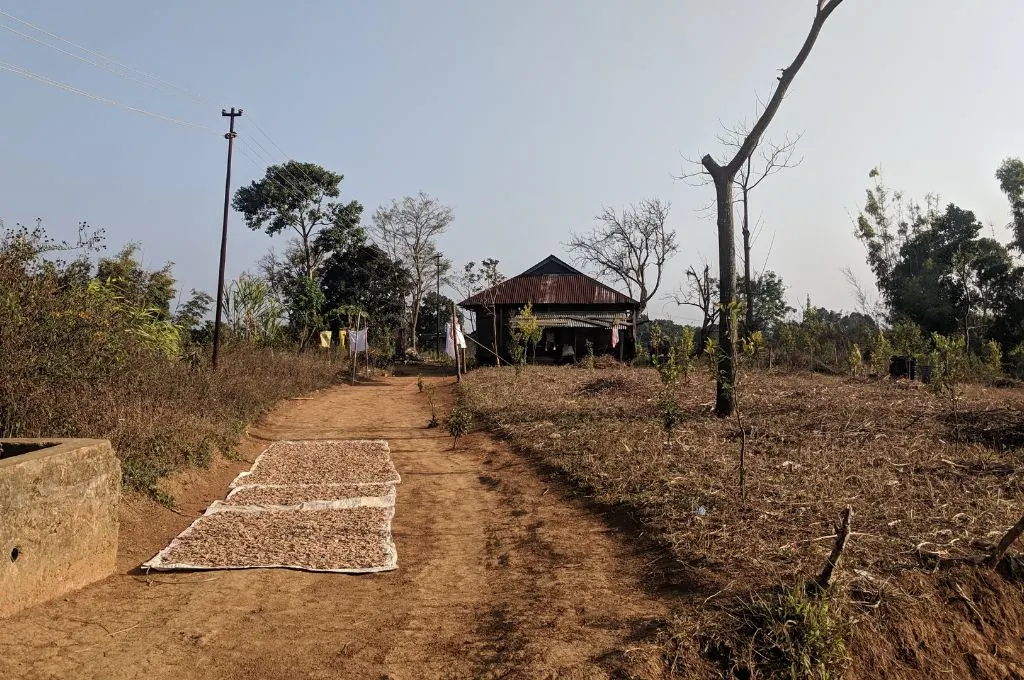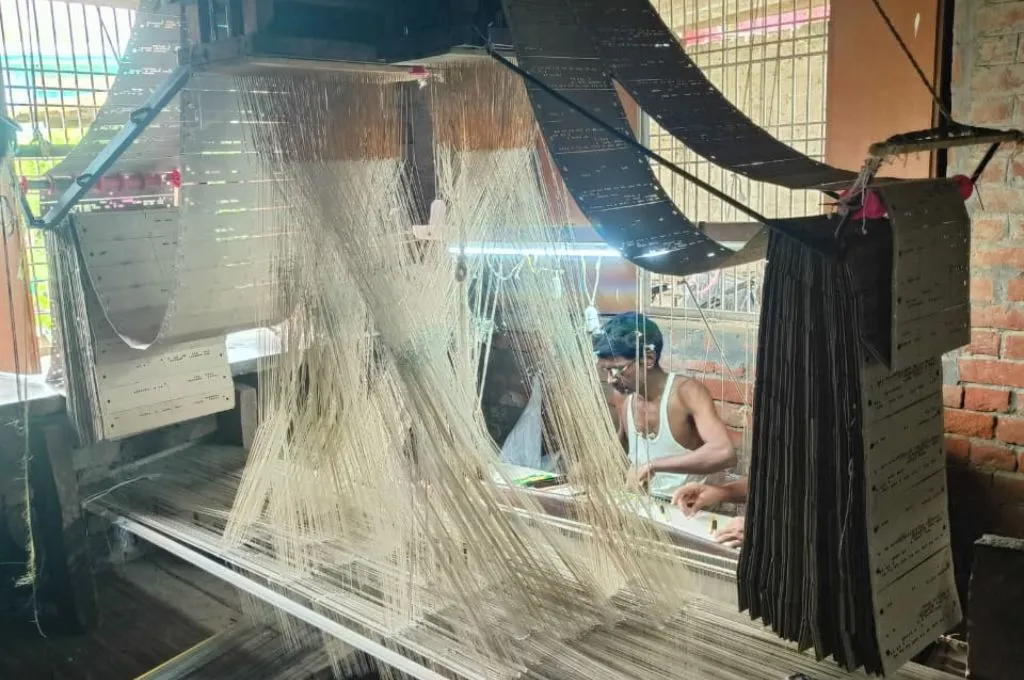READ THIS ARTICLE IN
Working with the Baigas: Lessons from Madhya Pradesh

Recently, we at PRADAN carried out a natural resource management exercise in a Baiga hamlet in the tribal hinterlands of Madhya Pradesh’s Balaghat district. The Baigas are a Particularly Vulnerable Tribal Group (PVTG). As part of our strategy to understand the villages we work in, we conducted a participatory wealth ranking (PWR) in areas where new interventions were being planned. We found that a large number of households in this hamlet are classified as ultra poor.
Although not the original intent of the PWR, following the exercise, it was decided that an asset (beehives and related instruments for beekeeping and honey extraction) would be transferred to these households so they could build sustainable livelihoods.
However, when a meeting was called with the identified families, they refused to accept the asset transfer. They stated that since the ‘influential’ (or wealthy) people of the village had not been consulted about this transfer, they might create problems. They were worried about people in the village destroying these beehives. In order to resolve the situation, we made several attempts to organise a meeting with these influential people, but to no avail. To avoid putting already vulnerable individuals at further risk, we decided to cancel the beehive intervention in this hamlet.

A key reason for the failure of our asset transfer exercise was that the village did not have a village organisation (VO, usually a federation of self-help groups or SHGs). In the absence of such a body, mobilising people in this hamlet became extremely challenging.
At this point, the damage was done. This location was new for us and the exercise resulted in reluctance towards the new intervention, especially among those who held power in the village. While we do conduct exercises that build trust (such as participatory social mapping, community-level transect walks, and exposure visits), this hamlet was yet to experience these.
We realised that any programme or exercise aimed at a community must involve village-level institutions such as SHGs, VOs, or gram sabhas. It is also important to build trust with everyone from the village, across class and caste, especially when working with those who are marginalised and typically left behind. Finally, this experience taught us that interventions need to be sequenced—starting with trust-building exercises, followed by intentional communication with and participation by everyone in the village, and then moving on to selection of members. Without sequencing, we risk colliding with forces that might slow down the growth of sustainable livelihoods for those who need them most.
Sattva Vasavada Sengupta is working on institution strengthening and natural resource management in Birsa block of Balaghat district, Madhya Pradesh.
—

Know more: Learn how a small shift can help drive community participation.
Do more: Connect with the author at sattva.vasavada@gmail.com to learn more about and support his work.




